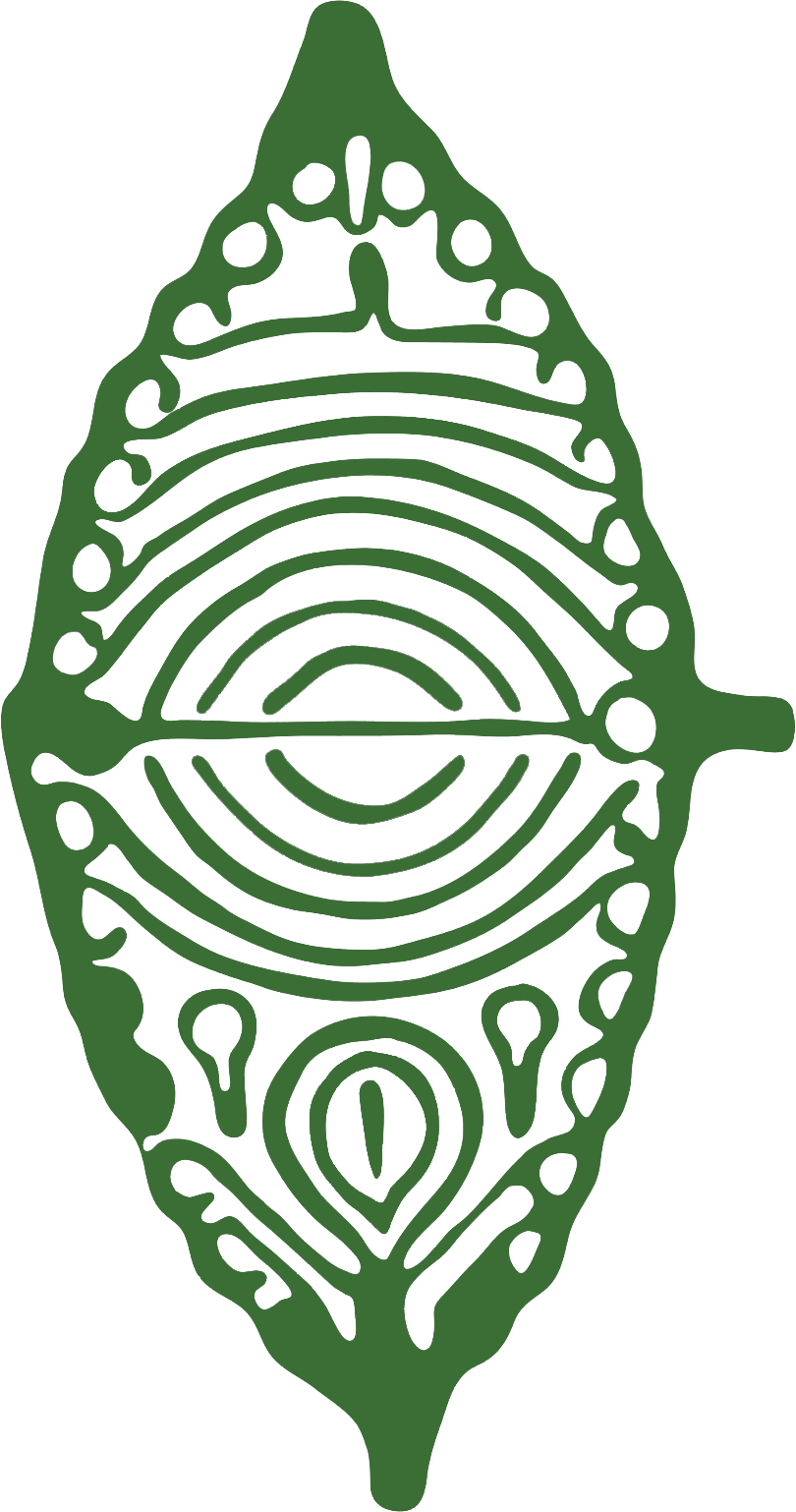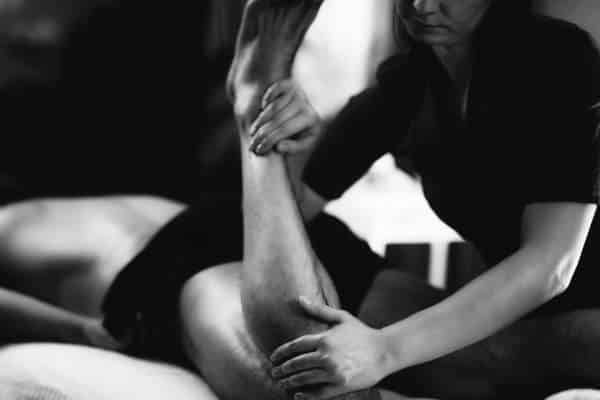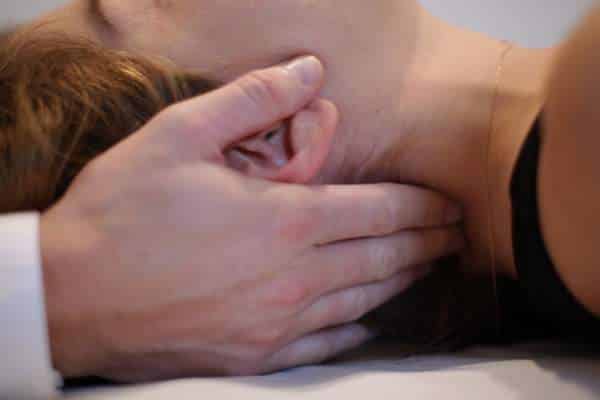When it comes to relieving pain and improving the body's functionality, both the physiotherapy as the osteopathy are essential disciplines within manual therapies. However, despite sharing the common goal of improving the health and wellbeing of patients, these two practices have fundamental differences in their approaches, techniques and treatment philosophies. This article aims to explore in depth the differences between physiotherapy and osteopathy, to help patients and those seeking treatment for their ailments understand what each can offer and how to choose the most appropriate one for their specific needs.
In the field of manual therapies, both manual therapy and physiotherapy as the osteopathy play crucial roles in the treatment and relief of various conditions. Both professions use manual techniques to improve the health and well-being of patients, but have different approaches and rationales that can influence their application.
Commonalities between physiotherapy and osteopathy
Both physiotherapy and osteopathy:
- They use their hands to apply techniques that relieve pain and improve function.
- They are considered manual therapies and require a profound knowledge of the human body.
Physiotherapy and osteopathy share a number of commonalities that place them within the broad spectrum of manual therapies. Although each has its own philosophy and treatment methods, both disciplines focus on improving the physical health and well-being of the patient through physical manipulation of the body. Here are some of the most salient commonalities:
- Manual focus: Both physiotherapists and osteopaths use manual techniques as an essential part of their treatments. These techniques may include massage, stretching, joint mobilisation and manipulation.
- Pain relief: Both professions focus on relieving pain and discomfort in their patients. They use different methods to address pain, which can be related to injury, chronic illness, posture, stress and other factors.
- Improved mobility and function: Physiotherapists and osteopaths work to improve mobility and body function. This includes increasing range of motion, strengthening muscles and optimising the functionality of various parts of the body.
- Injury prevention: Both disciplines emphasise injury and disease prevention. Through patient education and training, they help prevent future complications and promote a healthier lifestyle.
- Personalised treatment: In both physiotherapy and osteopathy, treatment is tailored to the individual needs of each patient. Therapists conduct detailed assessments to design a treatment plan that is tailored to each person's specific conditions and goals.
- Patient education: Both professions are committed to educating their patients about their conditions and treatment. This education may include advice on posture, ergonomics, self-care techniques and strategies for managing pain at home.
- Holism: While osteopathy is known for its more holistic approach, physiotherapy has also adopted a more holistic approach to treatment, considering not only the physical condition but also the emotional and psychological state of the patient.
These commonalities reflect a shared commitment by both professions to improve patients' quality of life through approaches that value manual and personalised intervention. The choice between physiotherapy and osteopathy will often depend on personal preference, medical advice and the specificity of the condition that needs to be treated.
Main differences between physiotherapy and osteopathy
The differences between physiotherapy and osteopathy are fundamental to understanding how each discipline approaches health care from different approaches and principles. The main differences between these two manual therapy practices are detailed below:
1. Philosophy and approach
- Physiotherapy: It focuses on mobility, function and injury recovery mainly through exercise, use of technologies such as ultrasound or electrotherapy, and specific manual techniques. Physiotherapy is based on a more scientific and outcome-oriented approach and has a close relationship with conventional medicine.
- Osteopathy: It has a more holistic approach, treating the body as an interconnected unit and focusing on restoring the overall balance of the body. It uses manual techniques to influence not only the musculoskeletal system, but also the nervous, lymphatic and circulatory systems.
2. Training and practice
- Physiotherapists: They usually have an academic background that includes a degree in physiotherapy, where they learn about anatomy, physiology, pathology and rehabilitation. They are highly trained in post-operative rehabilitation techniques and management of chronic and acute injuries.
- Osteopaths: Their training includes an extensive focus on manipulative techniques and an in-depth understanding of how the various systems of the body interact. Osteopathic training can vary from country to country, but often involves a degree that covers a variety of treatment approaches, including chronic and acute pain management from a holistic perspective.
3. Treatments and techniques
- Physiotherapy: It employs a diverse range of physical modalities such as exercises, manipulations, massage and electrical methods to aid in physical recovery and rehabilitation.
- Osteopathy: It focuses on joint and soft tissue manipulations, myofascial release techniques and treatments aimed at improving circulation and structural stability, often addressing problems that may not seem directly related to the primary symptom.
4. Integration with conventional medicine
- Physiotherapy: It is more integrated with conventional medicine and is often prescribed as part of an overall medical treatment plan, working in conjunction with other health professionals.
- Osteopathy: Although it is gaining recognition and is used in conjunction with conventional medical treatments in many cases, it is still considered by many as a form of alternative medicine.
5. Access to treatment
- Physiotherapy: In many health systems, it is accessed through physician referral, and is often covered by health insurance or public health systems.
- Osteopathy: It may not be widely covered by health insurance and patients can often access it without a referral, although this varies from country to country.
Both professions offer complementary approaches to pain management and physical rehabilitation, and the choice between physiotherapy and osteopathy may depend on the patient's specific needs, personal preference and the recommendation of other health professionals.
Comparison between Osteopathy and physiotherapy
| Aspect | Osteopathy | Kinesitherapy / Physiotherapy |
|---|---|---|
| Approach | Holistic, it treats the body as an interconnected whole. | Focused on the rehabilitation of specific parts of the body. |
| Basis of treatment | Manual manipulations to improve the function of body systems. | Exercises, rehabilitation, use of devices such as ultrasound or TENS. |
| Common techniques | Skeletal manipulations, myofascial techniques, craniosacral manipulation. | Rehabilitation exercises, massage, heat or cold therapy, electrotherapy. |
| Integration with conventional medicine | Less integrated, considered as alternative medicine in many countries. | Highly integrated with conventional medicine, often requiring physician referral. |
| Training | Degree in osteopathy; focus on anatomy, physiology, and manipulative techniques. | Degree in physiotherapy; teaching of various physical rehabilitation techniques. |
| Insurance coverage | Less likely to be covered by insurance, depending on the country. | Generally covered by insurance and public health systems. |
These are some of the key differences between these two manual treatment disciplines, highlighting how each approaches health and wellness in distinct and complementary ways.
Integration of osteopathy in physiotherapy
It is not uncommon for physiotherapists to be trained in osteopathic techniques and to integrate them into their sessions. This can lead to some confusion among patients, but it also highlights the complementarity of the two practices. The integration of techniques from both disciplines can provide a more comprehensive and personalised treatment.
Practice considerations
- Osteopathic consultationIt should last at least 45 minutes and focus on a holistic and in-depth approach, avoiding short sessions that are limited to quick techniques such as cracking.
- Physiotherapy consultationIt is advisable for treatments to last at least 30 minutes per patient, allowing for more targeted and effective work, rather than short or group sessions with little direct contact.
Although both professions use manual techniques, their approaches, training and treatment methods have distinctive characteristics that may make them more suitable for different types of conditions and patient preferences. Understanding these differences is crucial to choosing the most appropriate treatment and to assessing how each discipline can complement the other on the road to recovery and wellness.
This information is supported by authoritative resources such as Official College of Physiotherapists y Spanish Association of Osteopathywhere interested parties can find more details about each discipline and its specific benefits.
Frequently asked questions on the differences between physiotherapy and osteopathy
- What is physiotherapy and how does it differ from osteopathy?
Physiotherapy is a health discipline that focuses on improving mobility and physical function through the use of manual techniques, therapeutic exercise and physical modalities. Osteopathy, on the other hand, uses a more holistic approach to restore function and balance to the body by addressing the interrelationships between different body systems through manipulations and manual techniques. - What are the fundamental approaches of physiotherapy compared to osteopathy?
Physiotherapy tends to concentrate on treating specific areas of the body affected by injury or disease, whereas osteopathy treats the body as an interconnected whole, focusing not only on the symptoms but also on the underlying causes of disease. - What is the basis of physiotherapy versus osteopathic techniques?
Physiotherapy techniques are often based on established scientific and medical principles, while osteopathy also incorporates a more holistic and integrative perspective, using techniques that may include more subtle manipulations aimed at improving circulation and body balance. - What kind of treatments does physiotherapy offer that osteopathy does not?
Physiotherapy may involve the use of electrotherapy, ultrasound therapy and other medical devices to treat physical conditions, while osteopathy focuses more on manual techniques and does not usually employ machinery. - Can osteopathy treat conditions that physiotherapy cannot?
Both can treat a variety of conditions, but osteopathy is often preferred by patients seeking a more holistic and less invasive approach, especially for problems involving multiple body systems or for patients sensitive to more intensive techniques. - What training do physiotherapists and osteopaths require?
Physiotherapists obtain university degrees that prepare them to work in a clinical setting under the supervision of physicians, while osteopaths also obtain specific degrees with a broader focus on manual manipulation and a holistic approach to treatment. - Is physiotherapy more effective than osteopathy for sports injuries?
It depends on the type of injury and the individual, but physiotherapy is commonly used for quick recoveries in the sports field due to its specific and rehabilitative approach. - Which discipline is better for the treatment of chronic pain, physiotherapy or osteopathy?
Both can be effective, but the choice depends on the nature of the chronic pain and the patient's preferences. Osteopathy may be beneficial for those seeking treatment that addresses more systemic causes of pain. - How do I decide between physiotherapy and osteopathy for my treatment?
Consider your specific needs, consult with professionals from both disciplines and evaluate how you feel about the different approaches. It may be useful to try both to determine which offers you the most benefit. - Can the combination of physiotherapy and osteopathy offer better results?
Yes, in many cases the combination of both disciplines can provide a more comprehensive and effective approach, especially for complex or chronic conditions that do not respond to a single type of treatment.







